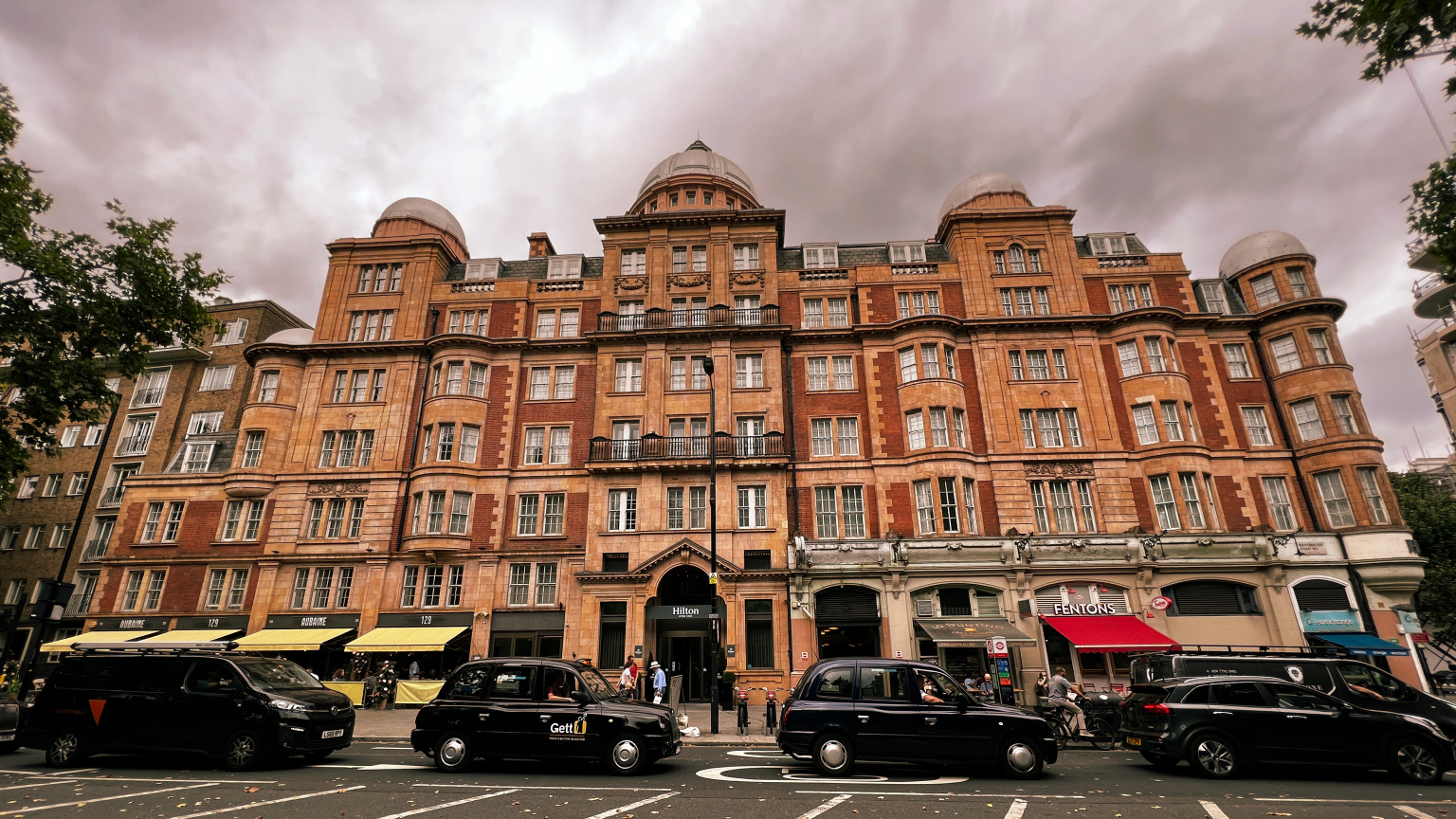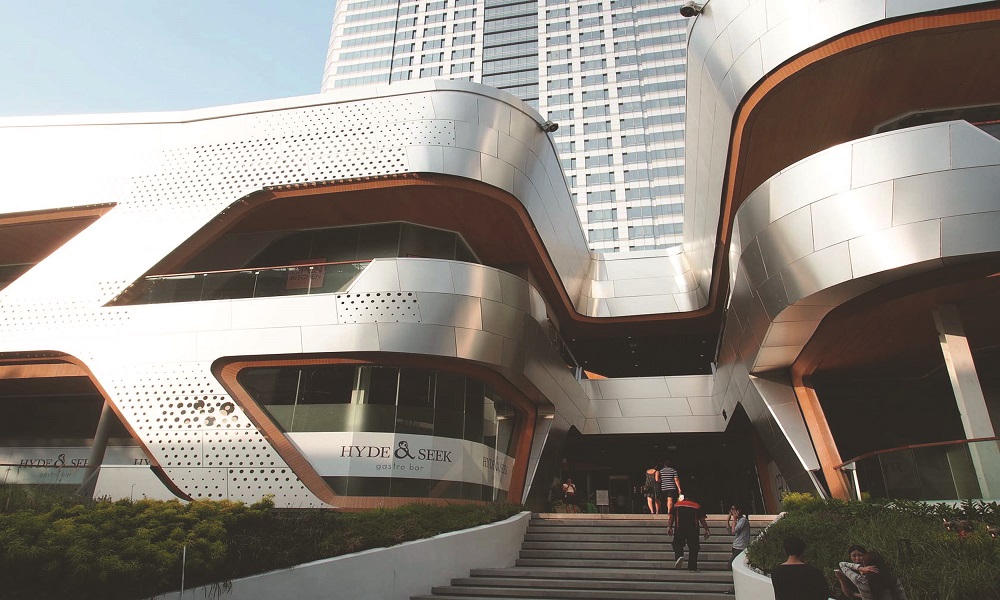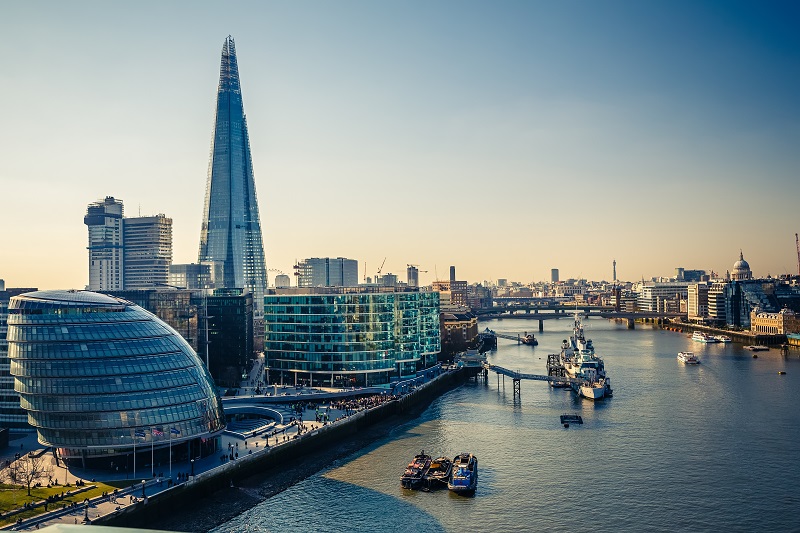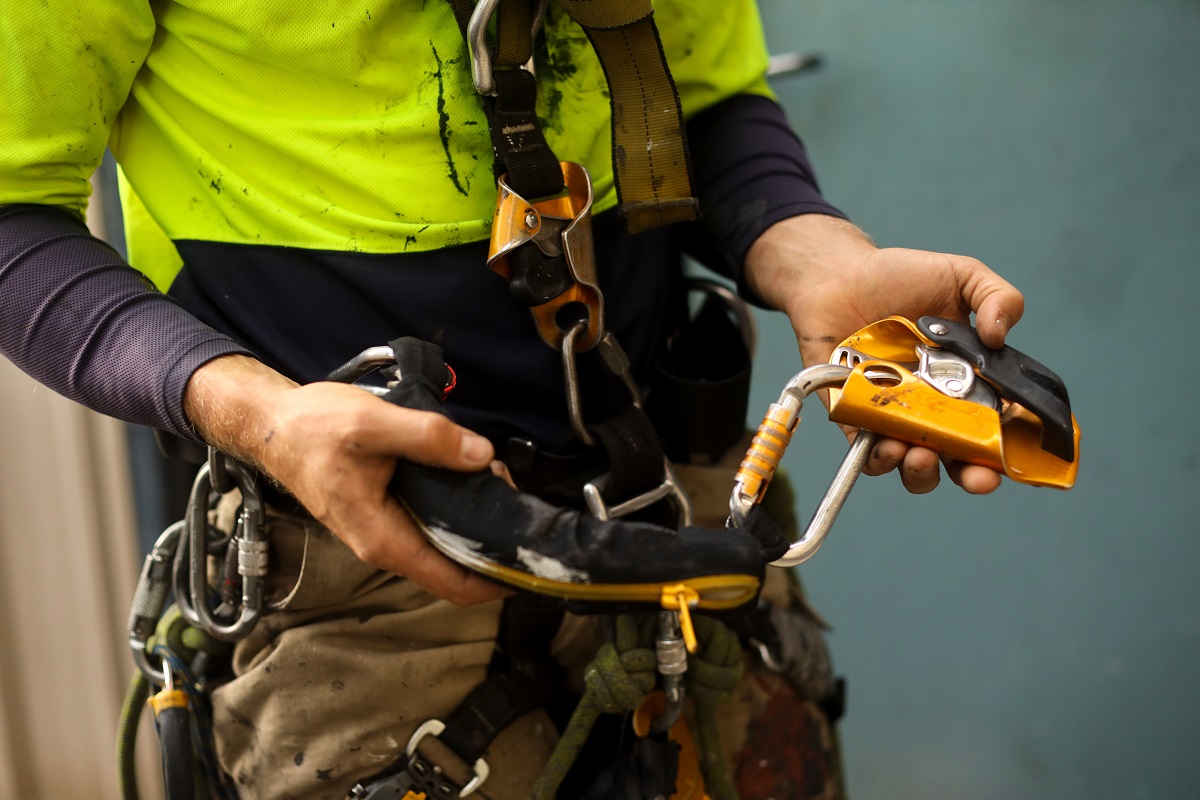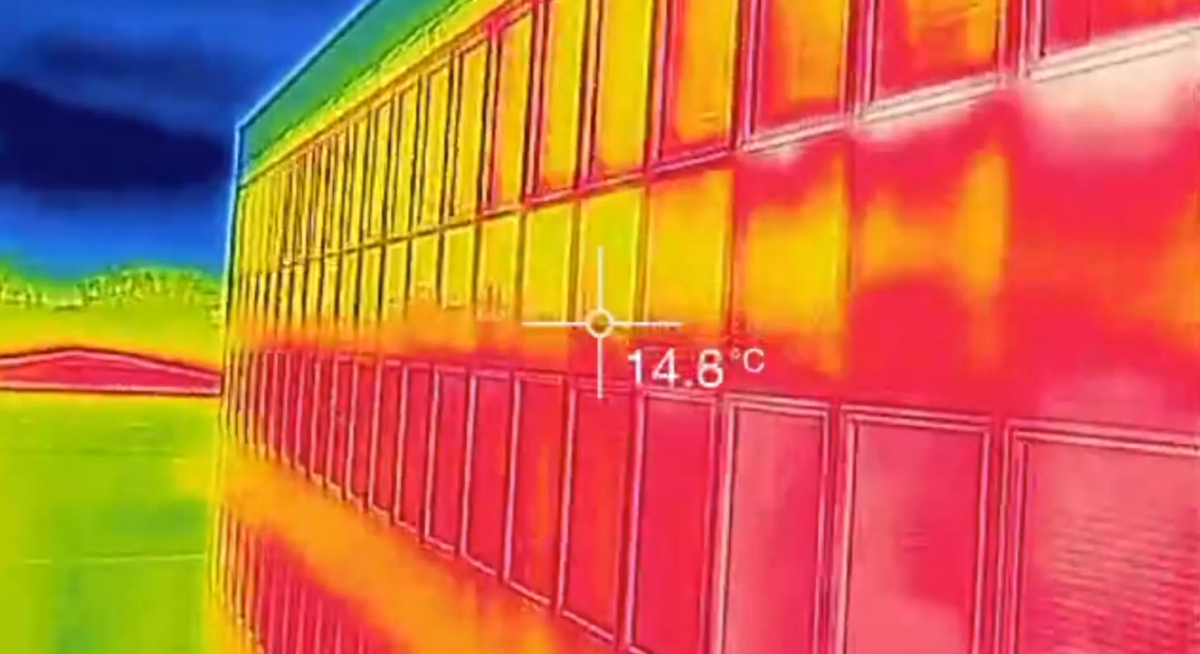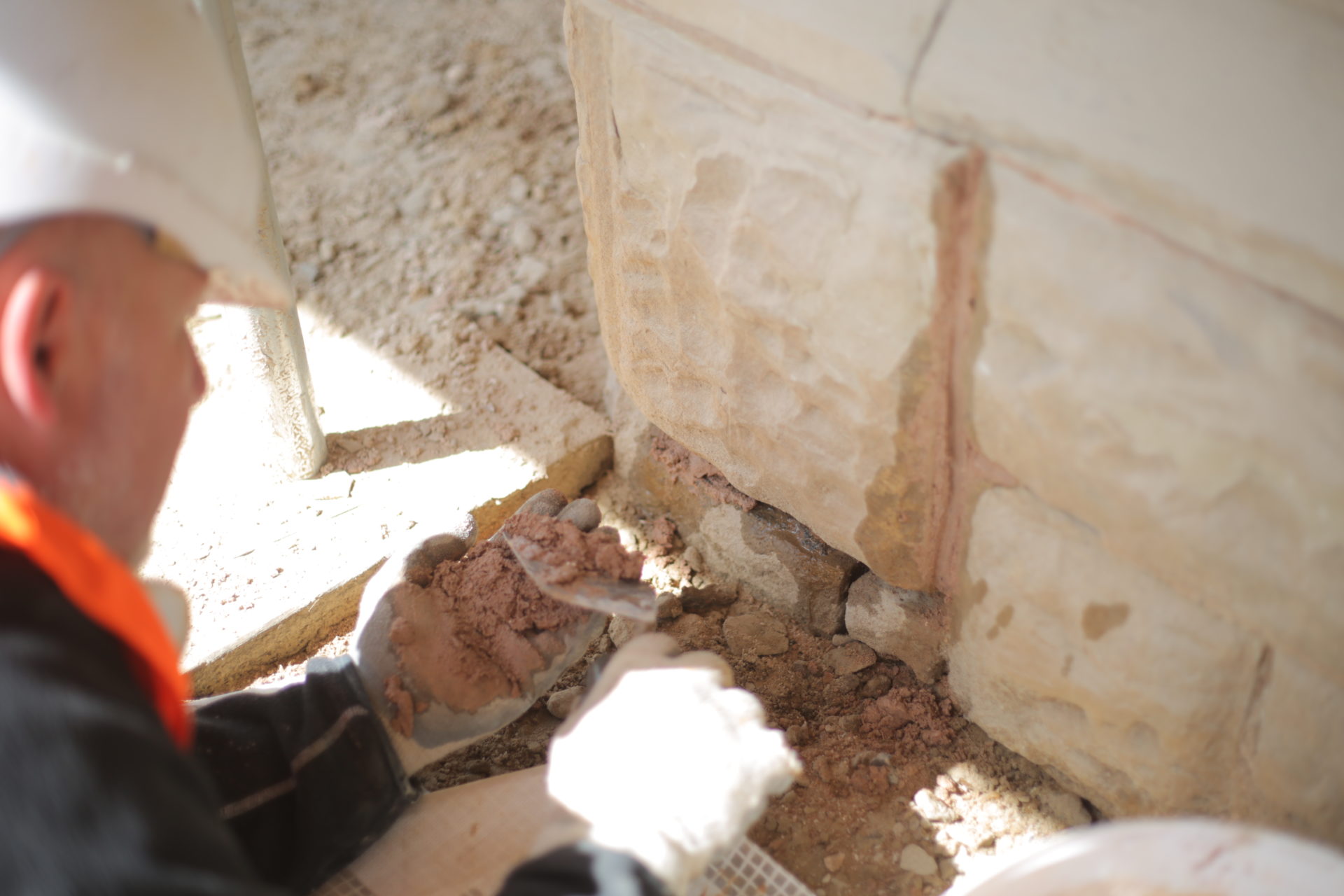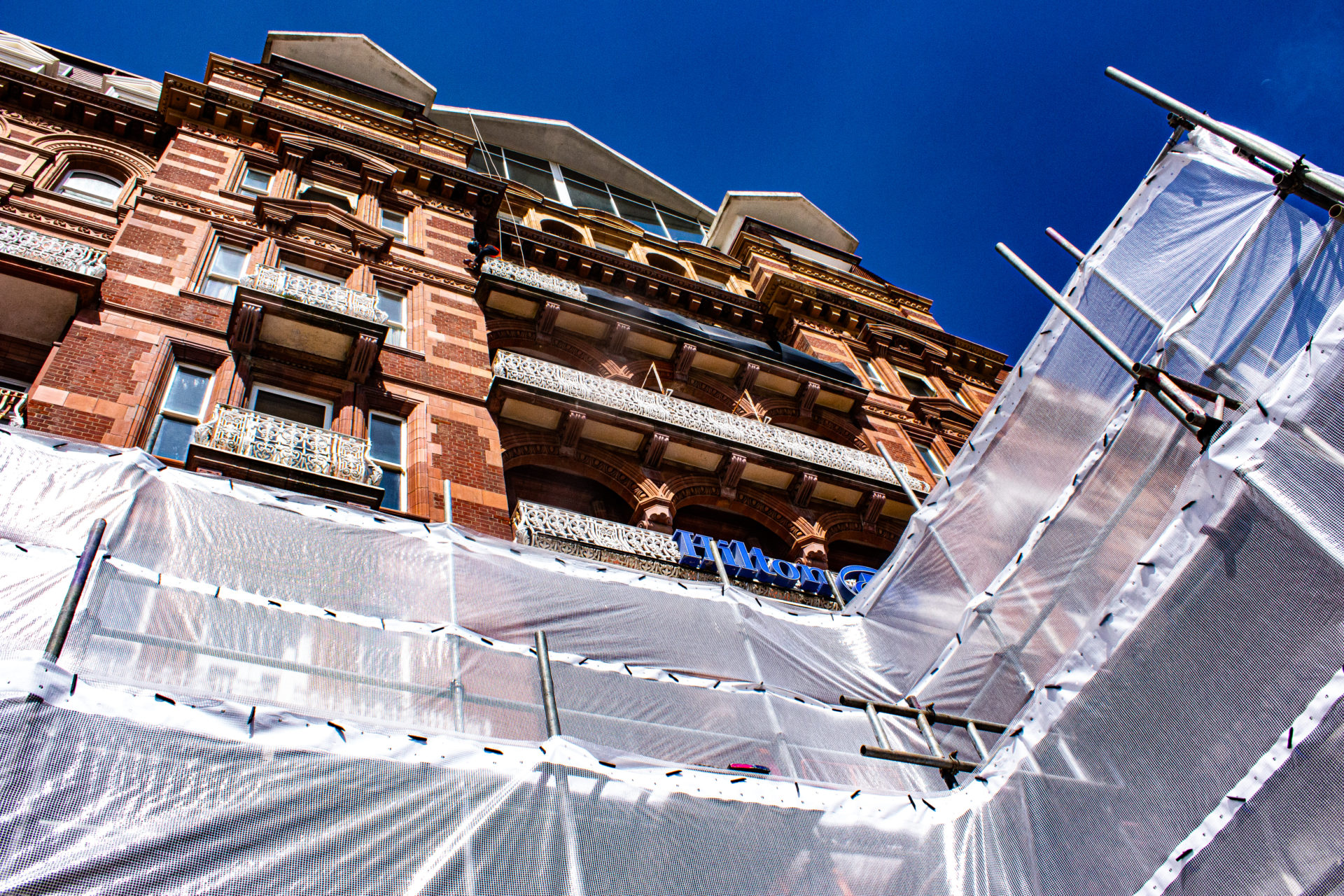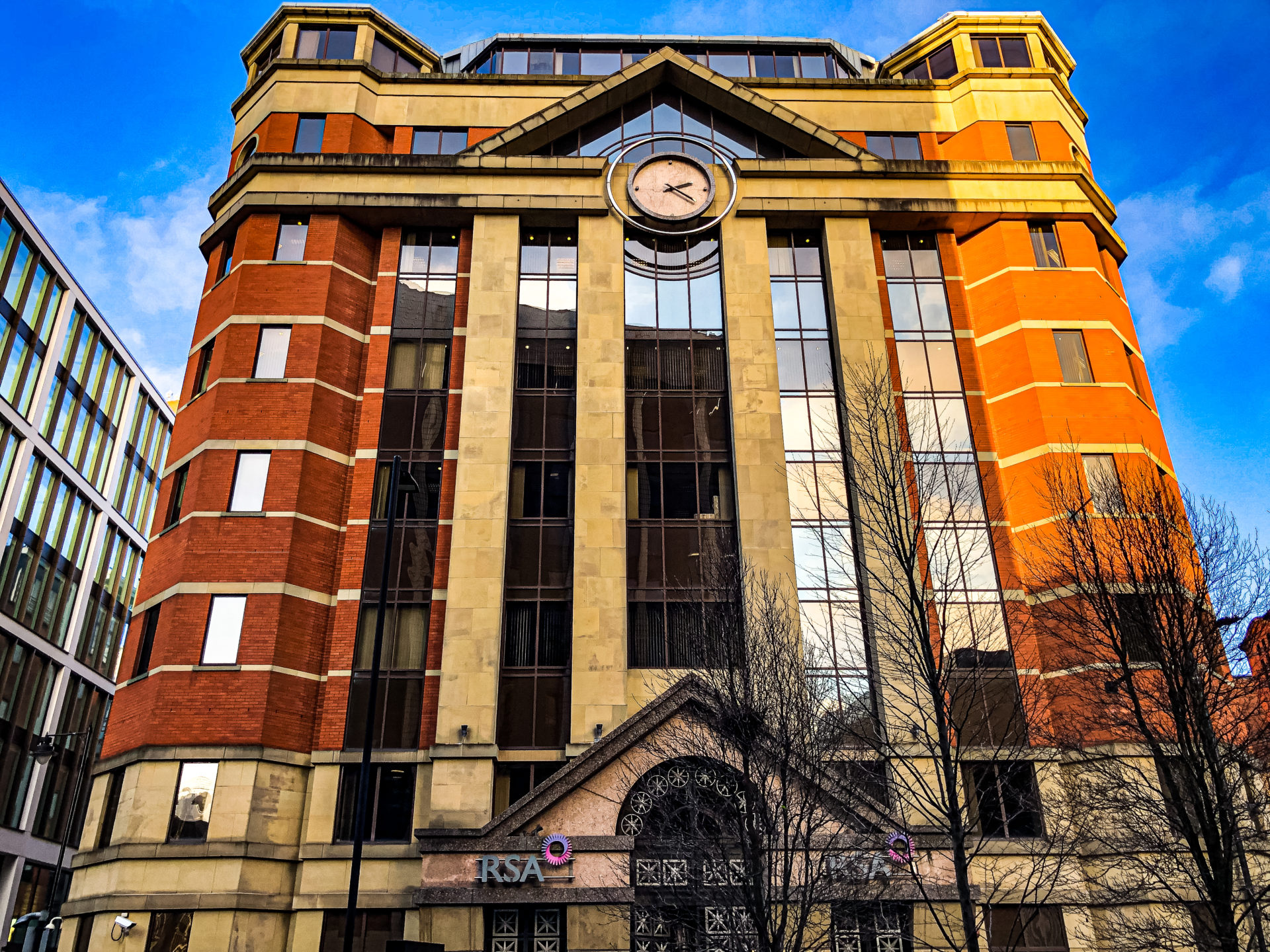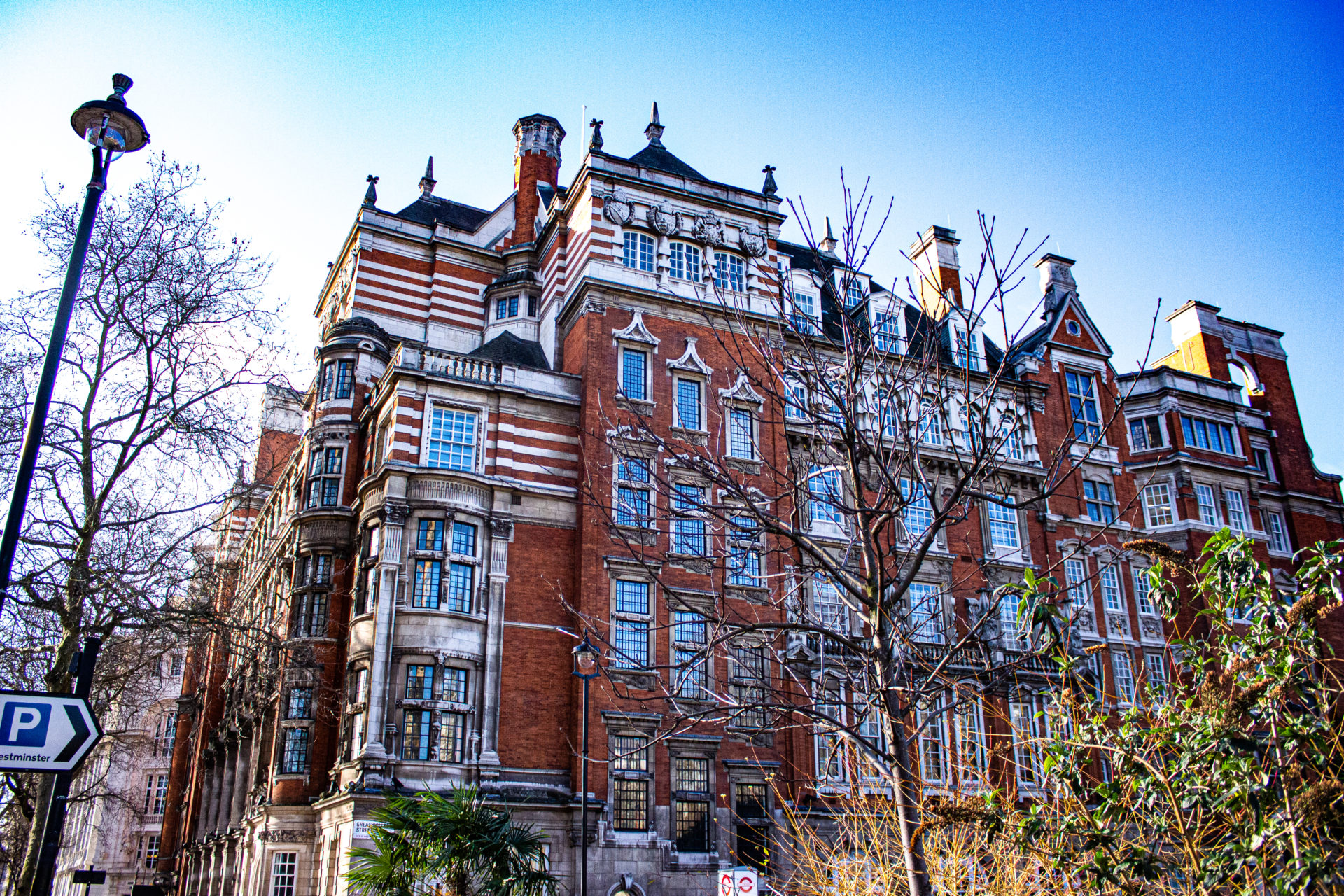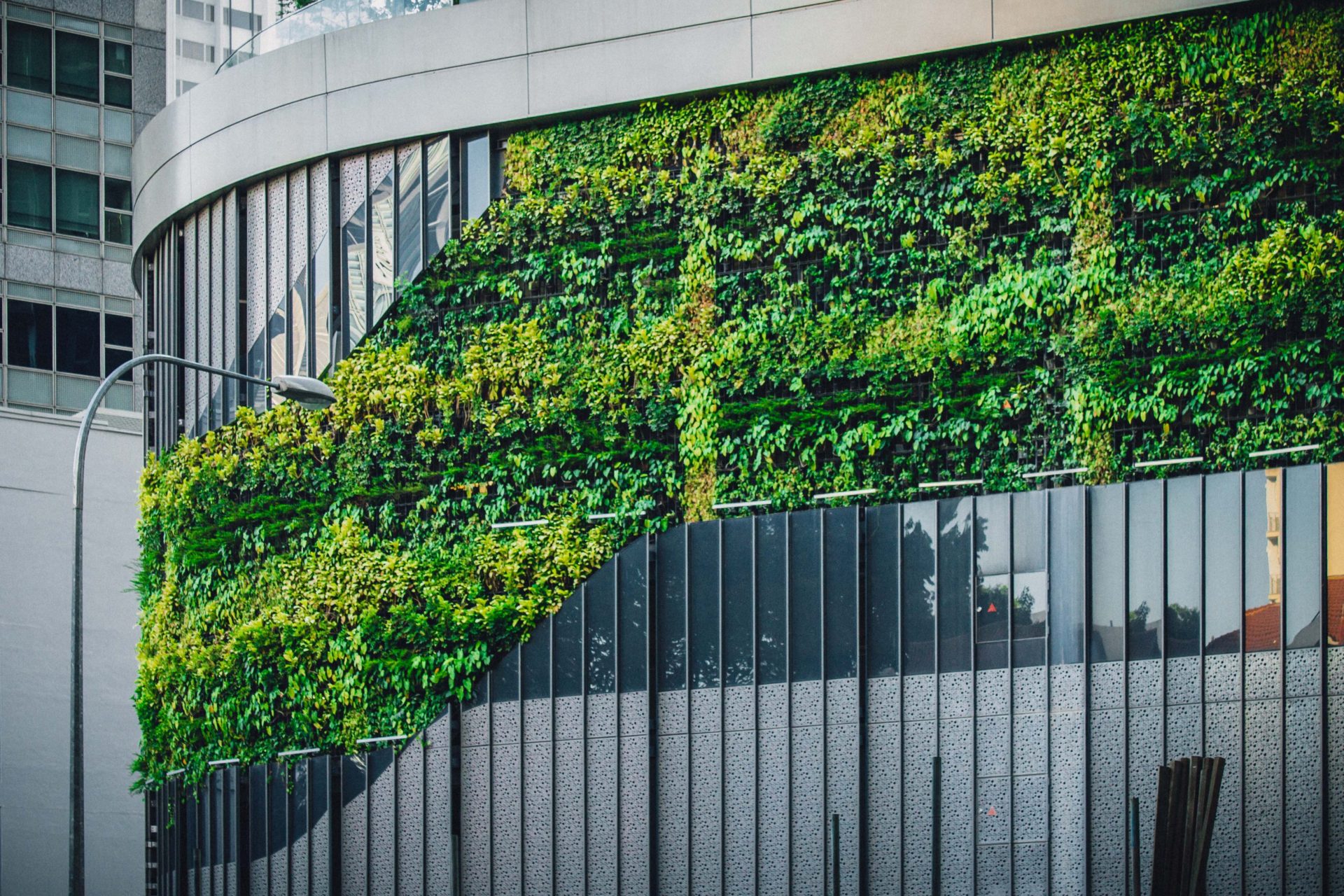Natural weathering, soiling and some staining can often be harmless and may represent an acceptable change in the appearance of a building over time. As mentioned in previous blogs, in many instances such weathering may contribute positively to the character and appearance of an old building. On some buildings, however, the soiling and staining patterns are aesthetically unacceptable and may in fact be causing damage to the façade.
The recent development of localised soiling on a building is often a good indicator that there is a more serious fault with the building that needs addressing. We have highlighted some of the more common problems below which you should consider when surveying your building:
- Defective rainwater systems
- Defective damp-proofing
- Defective pointing
- Painted masonry
- Corrosive metal components
- Atmospheric pollution
- Organic growth
Defective Rain Water Systems
This problem is very familiar and can quickly cause a lot of damage to a building both on the external façade and more worryingly, internally. Characteristically, damp areas begin to develop on the external façade, typically on, behind or below where a problem with the rainwater system has developed. Defective or blocked downpipes and gutters are usually the culprits with water being prevented from naturally running away from the building.
Regular gutter cleaning to remove the build-up of moss and organic matter which has fallen from the roof will help solve this problem. If left untreated for a while, the visible results on the façade are unsightly patches with grey or white powdery or flaking lines around the problematic locations. If parts of the façade are kept permanently damp from this problem, salts will gradually be drawn out from the substrate and be deposited on the surface.
Repeated crystallisation of salts will cause powdering and flaking of the masonry and brickwork and over time this will lead to the damaged layers spalling off the wall. This problem can be addressed, but when considering getting your building cleaned, it’s these areas that need to be protected before building cleaning begins.
Defective Damp-proofing
As with the problems of defective rainwater systems, defective damp proofing systems will cause serious damage to the façade, foundations and even the structure of the building. In this case, damp rises from the base of the building if, for example, the damp-proof course above the foundations is defective. Although the rising or spreading damp may not contain acidic substances, the results in terms of staining the façade can be very noticeable as the moisture moves up to where it can evaporate, carrying with it unsightly dissolved salts.
If you are concerned about this problem, a detailed building survey will help to determine the levels of damp within the structure and help create a plan of action to protect the building moving forward. It is always important to complete this type of work before a building is cleaned as the problem will continue to persist after cleaning.
Defective Pointing
Damaged or incorrect pointing work can also allow rainwater penetration leading to long-term saturation of masonry. Where re-pointing repairs have been completed with very strong concrete mixes, water may be prevented from escaping through the joints and as a result will be forced through the brickwork. Again this process will lead to efflorescence on the bricks as salt crystallises which over time may cause the brick to spall. Where you feel that the pointing may be an issue, it is often best to complete the cleaning work first as this will help to remove any loose mortar and identify where the main problems are.
Painted Masonry
Masonry painting is generally perceived as a positive tool for enhancing the appearance of a building. In adopting this method, the façade is being altered and this can impact building performance. Paints that don’t allow the bricks to breathe prevent water in the walls from escaping and this can have serious long-term consequences internally where damp may begin to develop.
In addition, the trapped moisture may begin to affect the façade, as in hot weather the trapped moisture can vaporise behind the paint film causing blistering and in cold weather, the moist wall may become damaged by freeze-thaw effects. As the moisture content in the wall increases, so too does the rate of decay. For example, timbers quickly succumb to wet or dry rot attack and damp patches may be visible internally on plastered walls.
Corrosive Metal Components
Metal components on buildings will often consist of rainwater systems and ideally be of a non-ferrous nature. If they are ferrous (as they often are in old buildings) they should be regularly cleaned, checked and maintained. They should be kept as dry as possible so they are protected from the build-up of corrosion which can lead to staining of the façade. If they are not cleaned, the build-up of organic matter will prevent rainwater systems such as gutters from working effectively and water that would normally be quickly channelled away from the building will begin to pool. This pooling effect can increase the rate at which the material breaks down, and leaks will start to develop.
Rainwater collecting in these areas will begin to drip from the weak locations on the metal and where the leaks run onto the façade staining will appear in the form of water marks and increased organic growth build-up. Deep stains, which have been left for a period of time may prove impossible to remove entirely, however, specialist and appropriate cleaning methods will be able to improve the appearance.
To prevent and remove future problems of staining from corroding materials, it is important to avoid fixing ferrous metal parts onto walls. Existing fixtures should, if they cannot be relocated, be replaced with non-ferrous ones. Any redundant nails, screws, brackets etc. should be carefully extracted from the wall and any resultant small holes should be repaired. If their removal is likely to damage the brick or stone more seriously, it may be preferable to leave them in the wall and, if possible, protect them from further corrosion.
Atmospheric Pollution
Building façades located near busy roads or situated within towns and cities are particularly vulnerable to deposits from traffic pollutants. It is impossible to avoid these airborne particles of dirt which are carried in the atmosphere and attach themselves to building façades.
Cleaning this type of dirt can be very effective using water based methods, but where thick carbon deposits are evident, a more abrasive technique may be required. On completion of the cleaning, protective coatings for façades, usually in the form of colourless water-repellents can be effective on modern building materials. However, before applying these coatings to brick and stone buildings careful consideration should be made. If your building is constructed of more traditional materials the application of a coating should be considered carefully, as you may be inhibiting the way the building is designed to work.
Organic Growth
On a small scale, organic growth is often seen as a process that naturally enhances the appearance of the façade. However, if this is not monitored and allowed to develop certain plants/organisms can work deep into the building façade causing some unsightly and destructive problems.
Plants, such as ivy, can cause persistent dampness on a wall, they can destabilise rainwater systems, disturb eaves, copings, dwarf walls or roof coverings and they can even cause structural damage to foundations, walls, parapets and roofs. Most of these potential problems can, indirectly, cause serious façade staining, mainly by facilitating water penetration onto the building façade.
Ivy can also cause damage to a façade as it attaches itself to the soft building façade and secretes acidic substances, thus weakening the substrate and increasing the rate at which dampness can permeate into the building.
Other organic growth, such as lichen, algae and moss may sometimes be structurally harmless, but can be unsightly if growth on the façade is left to get to get out of control and staining is caused. It is always advised before considering cleaning to survey the type of growth on the façade and if appropriate remove before cleaning begins so that any staining, marks or tendrils left on the surface are removed during the cleaning process.
To learn more about how to maintain your brickwork, get in touch with our expert team at Building Transformation.


